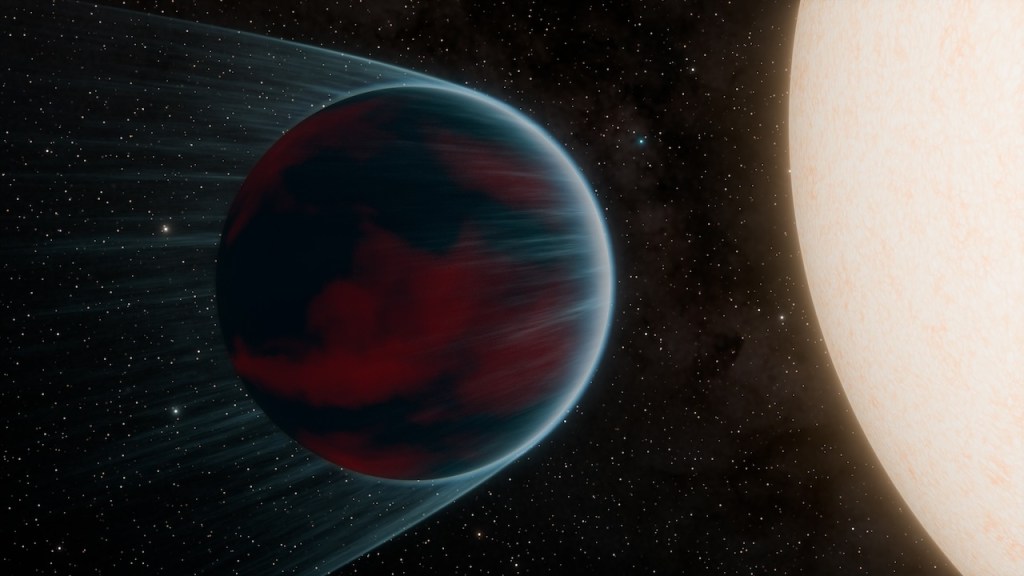SpaceX launches Starlink Group 6-76 of 24 smallsats, but before the booster recovery “satellite link disconnected” – SatNews
Original Publication Date: 2024-11-26 00:00

Falcon 9 launched 24 Starlink satellites, to low-Earth orbit from Launch Complex 39A (LC-39A) at NASA’s Kennedy Space Center in Florida. This is the 15th flight for the first stage booster supporting this mission, which previously launched mPOWER-B, BlueBird-1, USSF-124, Crew-6, and now 11 Starlink missions.
Revolutionizing space-based thermal systems: AFRL’s SPIRRAL launch on SPX-31 – SatNews
Original Publication Date: 2024-11-26 00:00

VEMs are surface finishes that act like color-changing paints. VEMs can either reject or retain heat depending on the temperature being experienced. When the VEMs are hot, the material’s optical properties change to reject heat. When they are cold, they retain heat, effectively reducing temperature extremes.
Firefly Aerospace Blue Ghost Mission 1 to the Moon readies for launch – SatNews
Original Publication Date: 2024-11-26 00:00

Firefly prepares to ship Blue Ghost to launch site after successfully completing environmental testing for mission to Mare Crisium with 10 NASA instruments. Blue Ghost environmental testing was recently completed at NASA’s Jet Propulsion Laboratory (JPL) in mid-October. “Blue Ghost aced environmental testing and proved the lander is performing 100% as expected,” said Jason Kim, CEO at Firefly Aerospace.
Discovery Alert: a ‘Hot Neptune’ in a Tight Orbit

TOI-3261 b is about twice as dense as Neptune, indicating that the lighter parts of its atmosphere have been stripped away over time, leaving only the heavier components. This shows that the planet must have started out with a variety of different elements in its atmosphere, but at this stage, it is hard to tell exactly what. This mystery could be solved by observing the planet in infrared light, perhaps using NASA’s James Webb Space Telescope.
NASA’s Europa Clipper: Millions of Miles Down, Instruments Deploying
Original Publication Date: 2024-11-25 12:01

NASA's Europa Clipper is already 13 million miles (20 million kilometers) from Earth. The spacecraft is zooming along at 22 miles per second (35 kilometers per second) relative to the Sun. It will travel 1.8 billion miles (2.9 billion kilometers) to arrive at Jupiter in 2030 and in 2031 will begin a series of 49 flybys.
